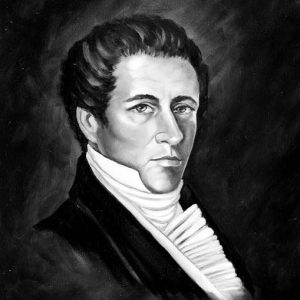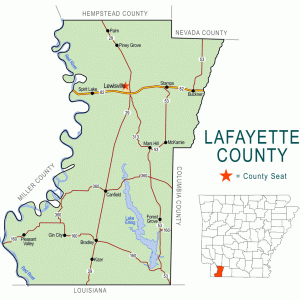calsfoundation@cals.org
Bradley (Lafayette County)
| Latitude and Longitude: | 33°05’53″N 093°39’18″W |
| Elevation: | 256 feet |
| Area: | 0.91 square miles (2020 Census) |
| Population: | 405 (2020 Census) |
| Incorporation Date: | April 3, 1937 |
Historical Population as per the U.S. Census:
|
1810 |
1820 |
1830 |
1840 |
1850 |
1860 |
1870 |
1880 |
1890 |
1900 |
|
– |
– |
– |
– |
– |
– |
– |
– |
– |
– |
|
1910 |
1920 |
1930 |
1940 |
1950 |
1960 |
1970 |
1980 |
1990 |
2000 |
|
123 |
290 |
363 |
409 |
444 |
712 |
706 |
790 |
585 |
563 |
|
2010 |
2020 |
|
|
|
|
|
|
|
|
|
628 |
405 |
|
The city of Bradley, located near Conway Cemetery State Park in Lafayette County, has been a center for agriculture and recreation since its establishment by the Southwestern Improvement Association in the southern part of the county late in the nineteenth century.
The Conway plantation, which became the town of Walnut Hill (Lafayette County), was an early center of political power in the state of Arkansas when James Conway was elected the state’s first governor in 1836. Traffic on the Red River and on the Military Road carried many people through the area, including eastern tribal groups who were relocated to Indian Territory (present-day Oklahoma). Southern Lafayette County remained sparsely settled, though, until after the Civil War.
Railroad lines connecting Lewisville (Lafayette County) to Shreveport, Louisiana, were completed in 1888 by the Cotton Belt Railroad. A railroad stop near Walnut Hill was named Bradley for W. C. Bradley, son-in-law of James Conway. Haley Smith built the first house and operated the first business in the new community, which was not incorporated until 1937. A post office was established on October 20, 1890, and a hotel opened the same year, operated by T. R. Higgins. A Baptist church was organized in 1902, and a Methodist church was established the following year. In 1903, alleged arsonist Frank Robertson was lynched near Bradley.
Cotton was the chief crop of southern Lafayette County, and several cotton gins were erected in the area. Sawmills were also built after the Forest Land and Development Company bought a tract of wooded land east of Bradley. The first bank was organized in 1912 and later was merged with the Walnut Hill Bank. The International Paper Company began acquiring land in Lafayette County in 1937 and, by 2002, it was the largest landowner in the county.
Lake Erling was built on the Bodeau Creek near Bradley by the International Paper Company around 1956, providing drinking water and recreational opportunities to the city. Farmers diversified, expanding into soybeans, rice, corn, oats, hay, dairy cattle, and beef cattle. Natural gas and oil are also produced in the region. An Industrial Development Corporation was organized in Bradley in 1959. George Bell published a weekly newspaper, the Bradley Pioneer, from 1960 until 1976.
The Conway family cemetery was made a state park in March 1986. The city of Bradley began an annual festival on that occasion, calling it Governor Conway Days. The two-day festival, observed on the last weekend of March every year, includes a parade, an antique car show, and a reunion of the graduates of Bradley High School. The Bradley School District is one of two school districts in Lafayette County following several waves of school consolidations. As of 2012, the Bradley School district had 389 students and was constructing a new elementary school building.
For additional information:
Deane, Ernie. “Bold Bradley IDC Gets Behind New Newspaper.” Arkansas Gazette, July 20, 1960, p. 1B.
Knight, Wilda, ed. Lafayette County, Arkansas: Pieces of its Past and its People. N.p.: Lafayette County Historical Society, 2002.
Steven Teske
Butler Center for Arkansas Studies
 James Conway
James Conway  Lafayette County Map
Lafayette County Map 



Comments
No comments on this entry yet.